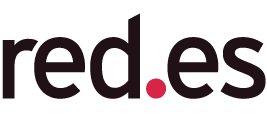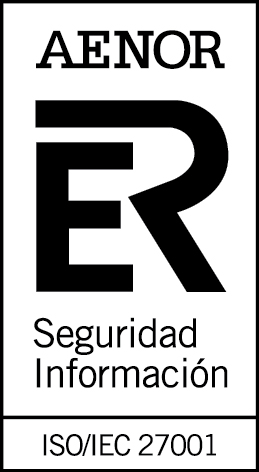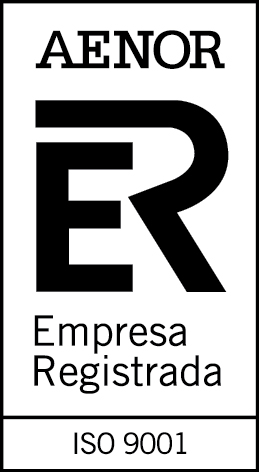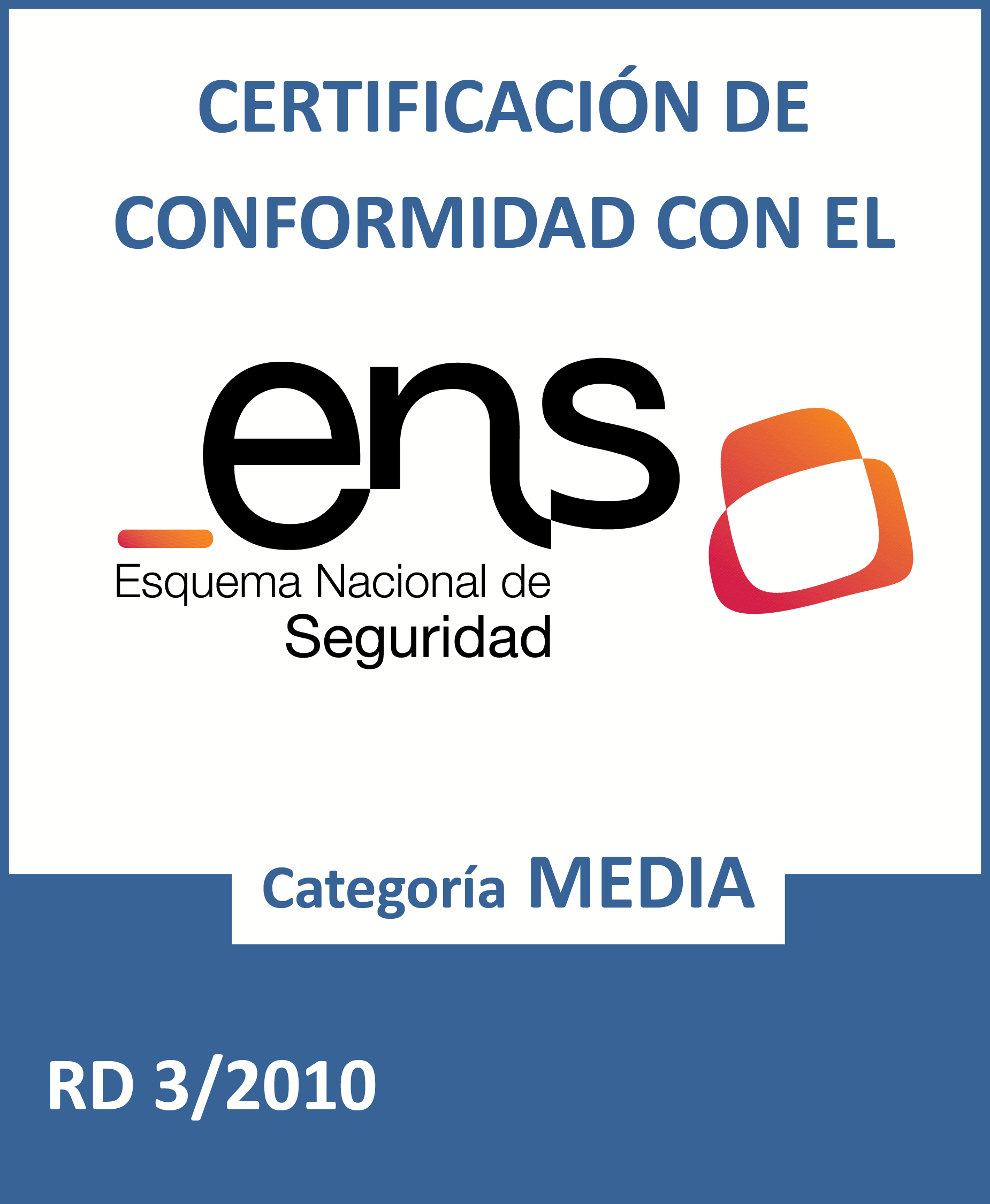Interview with Javier Pantoja, Museo Nacional del Prado
Fecha: 24-12-2019
Nombre: Javier Pantoja
Sector: Culture and leisure
Organismo, Institución o Empresa: Museo Nacional del Prado
País: Spain
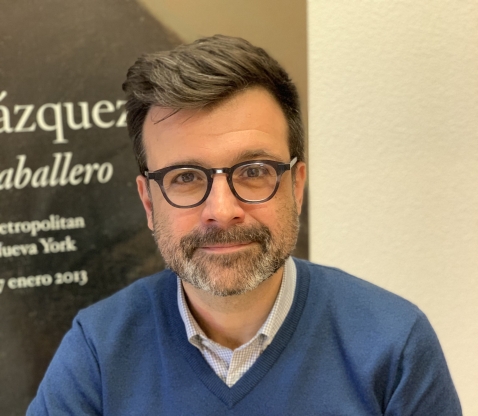
El Bosco, Tiziano, El Greco, Rubens, Velázquez, Goya ... The Prado National Museum has more than 35,000 works of unquestionable value, which make it one of the most important art galleries in the world.
In the year of its bicentennial, we approached the Prado joint with Javier Pantoja, Head of the Digital Development Area, to know what innovative projects has been implemented to enrich the visitors experience.
- In recent years, the Prado Museum has launched a series of technological projects aimed at bringing its collections closer to citizens. How did this idea come about? What is the digital strategy of the Prado Museum?
The Prado Museum teams does not only seek to develop a digital strategy, but we want “the digital” to be part of the global museum's strategy. Therefore, the last 3 strategic plans have included a specific line of action for the digital area.
When we talk about digital strategy in the Prado, we refer to two aspects. On the one hand, we talk about processes, that is, the improvement of internal management. But, on the other hand, we also use digital tools to attract a higher audience to the Prado.
Our intention is considering technology as a tool, not as an end. We have a strong commitment to technologies such as linked data or artificial intelligence, but always without losing the objective of spreading the
- What kind of technologies are you implementing and how are you doing it? Can you tell us some concrete projects?
The most interesting point of the project was the launch of the current Prado website at the end of 2015. We were looking to create a semantic web, conceiving collections and the related information in a different way, that allow us to go further, and generate projects as augmented reading or the timeline that we have recently launched using Artificial Intelligence.
It has been a many-years process. The first task was to digitize and document the collection. For that we needed internal applications that allowed all areas of the museum to nurture the databases with their knowledge in a homogeneous way.
Then, we had to make that information available to the public using semantic web models. That is, we needed to define each element semantically: what a “technique”, a “support”, a “painter”, a “sculptor”, etc. are. It was about creating relationships between all the data to result in knowledge graphs. For example, we want to link Goya to the books that speak about him, the kings who ruled in his time, the techniques he used, etc. The work was tedious, but necessary to obtain good results.
This allowed to create a faceted search engine, which helped bring the collection closer to a much more users. With a boolean search engine, you have to know what you are looking for, while a faceted one is easier to find relationships.
All this informative work of updating, reviewing and publishing information open the way for a second part of the project: it was necessary to make the information attractive, through an aesthetic, beautiful and high-usability web. Do not forget that our goal was "position the Prado on the Internet." We had to create an easy-to-use data web. In the end, the Prado is a museum full of works of art and we seek to bring that art closer to the citizens.
The result was a website that has won several awards and recognitions.
- And how did the augmented reading projects and the timeline come about?
They come up from a very simple matter. Let me give an example. An user accesses to the La Anunciación by Fra Angelico work sheet. This sheet mentions terms such as Fiésole or Taddeo Gaddi. Probably, the majority of the users does not know what or who they are. That is, the information was very well written and documented, but it did not reach the entire audience.
Here, we had two solutions. On the one hand, we could make a basic-level worksheet, but creating a text adapted to anyone is very complex, regardless of their age, nationality, etc. That is why we chose another solution: What does a user do to find something he/she didn´t know? In this situation, users search on Google and click on Wikipedia.
As the Prado Museum cannot be an encyclopedia, we took advantage of the knowledge of Wikipedia and DBpedia. Mainly for 3 reasons:
- It has the precise knowledge structure
- It is a context encyclopedia
- It is an open source
- What challenges and barriers have you found when reusing this data?
First of all, we had to write down all the entities, cities, kings… one by one. The work was impossible, since there are currently 16,000 worksheets published on the web. In addition, the Prado is constantly studying and reviewing publications.
That is why we used a natural language recognition engine: the machine reads the text and the Artificial Intelligence understands it as a human, extracts entities and disambiguates the terms. The machine is processing the language, which it understands based on the context. In this task, we use the knowledge graph we already had and the relationships between the different entities through DBpedia.
The work is carried out together with Telefónica -sponsoring company- and GNOSS -developing company-; and the degree of reliability was very high, between 80% and 90%. Even so, there were complex issues. For example, when we talk about “the virgin's announcement”, we do not know if we refer to the concept, to the church in Milan, to some of the paintings related to this subject... In order to ensure that everything was correct, the documentation service reviewed the information.
- What was the next step?
We already had an increased reading. At this point, we asked ourselves why not making these relationships visible. And so that, the Timeline emerged: a cluster of new knowledge graphs that allowed the user to see in a simpler way the relationships between concepts, result of the exploitation of the linked data web.
Timelines tend to had just one layer, but we wanted to go further and create a multilayer structure that would allow us to understand and deepen the concepts: a layer of history, another layer of literature, architecture, philosophy, performing arts ... In this way we can easily see, for example, what works were created during the 100-year war.
For this, we had to review the datasets and select the concepts according to the interest they generate and their context into the Prado collection.
- These types of projects have great potential to be used in the educational field ...
Yes, our tool has a marked informative intention and has great potential to be exploited in educational environments. We have tried to make it easy for any teacher or disseminator to have at a glance the entire context of a work.
But it could also be used to learn history. For example, you can teach the Spanish Independence War using “The second of May” and “The third of May”, paintings elaborated by Goya. In this way, more active learning could be achieved, based on the relationships between concepts.
The tool has an appropriate approach for secondary and high school students, but could also be used at other stages.
- What profiles are necessary to carry out such a project?
We create multidisciplinary teams, composed of designers, computer scientists, documentaries, etc. to carry out the entire project
There are very good specialists doing semantics, working on linked data, artificial intelligence, etc. But it is also necessary to have people with the ideas to join the puzzle into something usable and useful for the user. That is to say, linking wills and knowledge, around a global idea and objectives. Technological advances are very good, and you have to know them to take advantage of their benefits, but always with a clear objective
- Could you tell us what are the next steps to be followed in terms of technological innovation?
We would like to reach agreements with other museums and entities so that all knowledge is integrated. We would like to enrich the information and link it with data from international and national cultural and museum institutions.
We already have some alliances, for example, an agreement with the National Film Library and the RTVE visual archive, and we would like to continue working on that line.
In addition, we will continue working with our data to bring the Prado collection closer to all citizens. The Museum has to be the first reuser of its data sources because it is who best knows them and who can get a good result from them.







